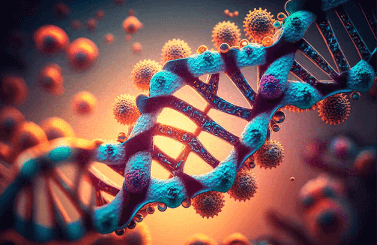Question
a.
Plate heat exchanger
b.
Tubular heat exchanger
c.
Scraped surface heat exchanger
d.
Spray dryer
Posted under Dairy Engineering
Interact with the Community - Share Your Thoughts
Uncertain About the Answer? Seek Clarification Here.
Understand the Explanation? Include it Here.
Q. Which heat exchanger used for heating and cooling viscous, sticky and lumpy products?
Similar Questions
Explore Relevant Multiple Choice Questions (MCQs)
Q. PHE (Plate Heat Exchanger) is more efficient in terms of heat transfer than THE (Tubular Heat Exchanger).
View solution
Q. Which of the following is/are the category of Tubular Heat exchanger?
View solution
Q. Heat exchanger characterized by pack of stainless steel in a frame is ________
View solution
Q. Scraped Heat exchanger has a ______ design.
View solution
Q. Plate heat exchanger was patented in which year?
View solution
Q. The unwanted buildup of material on a surface is called?
View solution
Q. Heat must be supplied to a substance in order to increase its temperature by 1°C is called?
View solution
Q. After centrifugation when sublimate settles, clear liquid _____________
View solution
Q. After centrifugation, sublimate ______
View solution
Q. Which of the following is an effective way of purifying liquids containing suspensions?
View solution
Q. Fine insoluble solid particles can be removed through which of the following process?
View solution
Q. Process quicker than filtration but not so effective is __________
View solution
Q. Differential centrifugation relies on the differences in ______ of biological particles of different ___________
View solution
Q. Which of the following statements about the basic principle of sedimentation is False?
View solution
Q. Which of the following is/are the application of analytical centrifugation?
I. The determination of the purity of macromolecules.
II. The determination of the relative molecular masses of solutes in their native state.
III. The examination of changes in the molecular mass of supramolecular complexes.
IV. The detection of conformational changes.
View solution
Q. Which of the following is/are appropriate care and maintenance of centrifuges?
I. Proper balancing of centrifuge tubes.
II. Avoid long time exposure of the rotors to alkaline solution and acidic buffers.
III. Cleaning centrifuges and rotors with coarse brushes and then wash them with distilled or de-ionized water after every run.
IV. For overnight storage, the rotors are left upside down and then positioned in a safe and dry place.
View solution
Q. After centrifugation of milk, the supernatant is?
View solution
Q. What is the name of the machine that spins in order to separate out components making up a mixture?
View solution
Q. How does centrifugation work?
View solution
Q. If you were centrifuging whole milk, which would you expect to get flung further out from the center of the centrifuge?
View solution
Recommended Subjects
Are you eager to expand your knowledge beyond Dairy Engineering? We've handpicked a range of related categories that you might find intriguing.
Click on the categories below to discover a wealth of MCQs and enrich your understanding of various subjects. Happy exploring!








